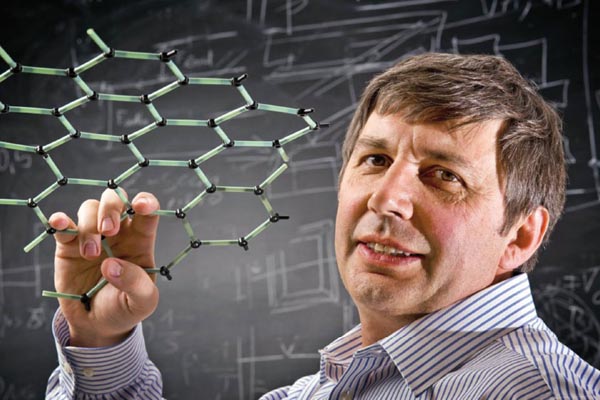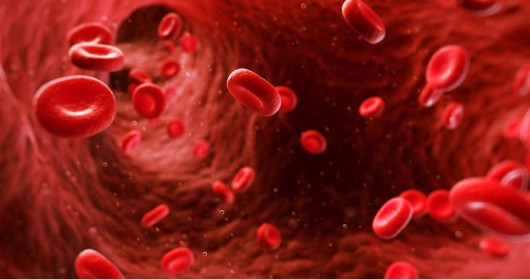Discovery that could revolutionize fuel cell technology
We all know, that graphene is the world’s thinnest, strongest and the most impermeable material, that allow protons to pass through it. With all these properties, there are a number of possible uses of graphene. One of them, quite surprising, raises the possibility that graphene membranes could be one day used to make hydrogen gas directly from the atmosphere to generate electricity.
This study was published in the journal Nature, and co-author Marcelo Lozada-Hidalgo from Manchester University said : “We are very excited about this result because it opens a whole new area of promising applications for graphene in clean energy harvesting and hydrogen-based technologies.”

Sir Andre Geim of Manchester University; source: evworld.com
The first time that graphene was isolated was in 2004 by the leader, who is also responsible for this study, Professor Andre Geim from Manchester University. He was awarded a Nobel Prize in 2010 with his team for the work. The graphene is the thinnest material on the Earth which is just one atom thick. It is 200 times stronger than steel and it also impermeable to all gases and liquids. These attributes give it potential for a range of uses such as corrosion-proof coatings or impermeable packaging.
The idea was born on the principle, that graphene is impermeable even to the smallest of the atoms which is hydrogen. The team decided to test if protons (hydrogen atoms stripped of their electrons) will be also repelled. The results were not like they expected. They found out, that the protons could pass the material fairly easily, especially if the temperature was higher and if the graphene was covered with nanoparticles such as platinum, which acted like a catalyst.
[sc:ad-text]
Geim and Lozada-Hidalgo think, that these results mean that graphene could be in the future used in proton-conducting membranes. This is a crucial component of fuel cell technology. However, there is one major issue. The fuel leaks across the existing proton membranes, which damages the process and also reduces the cell’s efficiency. The team also found out, that the membranes of graphene can be used to extract hydrogen from the atmosphere. This is the possibility of combining them with fuel cells to make mobile electric generators powered by the tiniest amounts of hydrogen in the air.
source: manchester.ac.uk
[sc:end t=”Fuel out of Air? Graphene is the Answer. “]








Leave a Reply